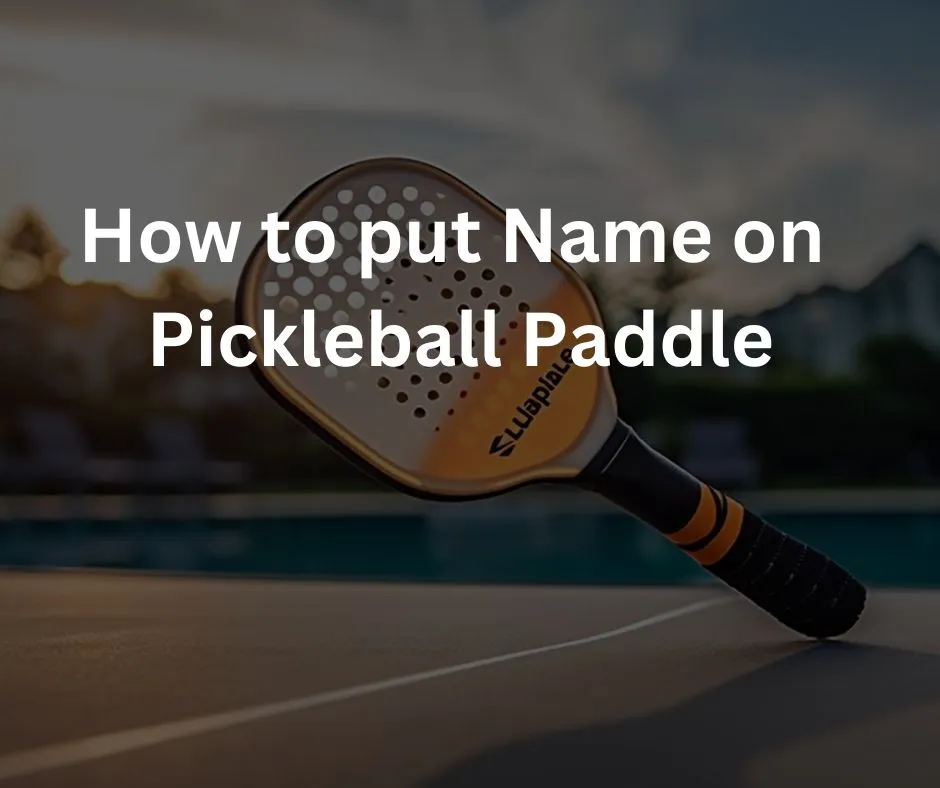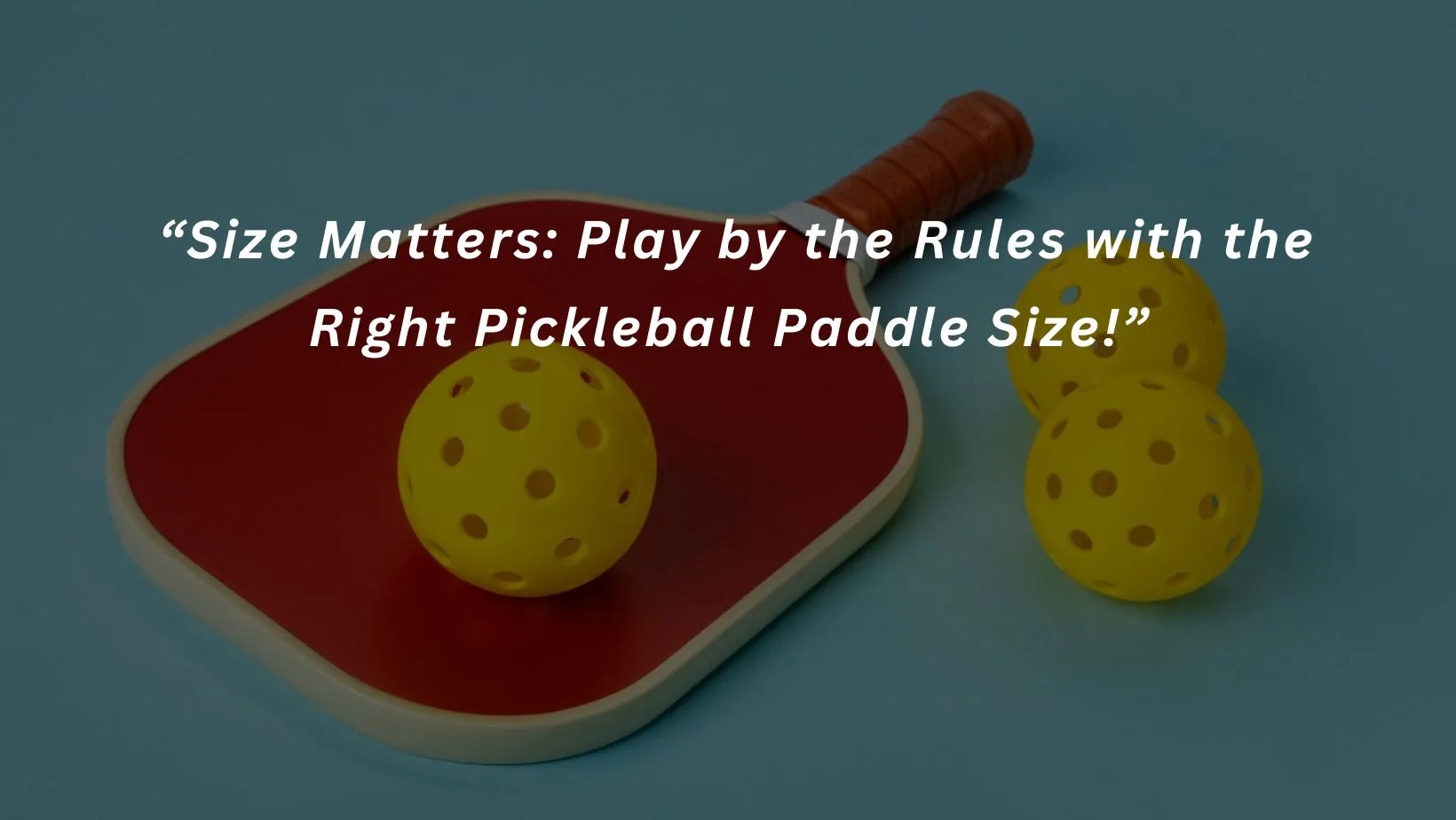Welcome to my guide on the 5 rules of pickleball that every player in the US should know. Pickleball is a fun and exciting sport that can be enjoyed by people of all ages and skill levels. However, to play the game effectively and safely, it is essential to understand the fundamental rules and guidelines that govern the sport.
By the end of this article, you will have a thorough understanding of the 5 rules of pickleball and how they apply to gameplay. Whether you’re a beginner or an experienced player, this guide will help you improve your skills and become a better pickleball player.
Key Takeaways
- The 5 rules of pickleball are essential to understand for players in the US.
- Knowing the rules will improve your skills and help you play the game effectively and safely.
- The rules cover serving and scoring, the double bounce rule, the non-volley zone, faults and let calls, and playing the ball.
Rule 1: Serving and Scoring
As a pickleball player in the US, understanding the first rule of serving and scoring is crucial to getting started with the game. The serve is the starting shot of every rally, and it must follow specific guidelines to be legal.
The server must start with one foot behind the baseline and hit the ball underhand from below the waist level. The ball must land in the opposite diagonal court, and the receiver must let it bounce once before returning it.
| Legal Serve | Illegal Serve |
|---|---|
| Serve is underhand and hit below the waist. | Serve is overhand or hit above the waist. |
| Serve lands in the opposite diagonal court. | Serve lands out of bounds. |
| Receiver lets ball bounce once before returning. | Receiver returns serve before it bounces. |
If a serve is illegal, the server commits a fault, and the opponent gains the serve. Points are only scored by the serving team and will continue to accrue until they lose the serve. Once they do, their opponent gets the chance to score.
Remember, the serve is a crucial part of the game, so take the time to perfect your technique and follow the rules to ensure a fair and competitive match.
Pickleball Scoring Rules: Mastering Game With Winning Strategies
Rule 2: Non-Volley Zone
The third rule of pickleball relates to the non-volley zone, or the area immediately in front of the net. Specifically, players are not allowed to hit the ball while standing inside the non-volley zone unless the ball has bounced outside of the zone first. This helps to prevent players from taking advantage of their position at the net and encourages more strategic and varied gameplay.
The non-volley zone is marked by a line on either side of the net, extending 7 feet back from the net on each side. If a player steps inside this zone to hit the ball before it has bounced outside of the zone, it is considered a fault and the other team earns a point. However, if the ball is hit into the net and bounces back into the non-volley zone, the ball is considered dead and no fault is called.
Being aware of the non-volley zone rule is vital for both offensive and defensive play. By staying outside of the zone, players can better prepare to return shots and avoid making errors. Conversely, when playing against opponents who are inside the zone, it is important to aim shots away from them to prevent them from easily returning the ball.
Mastering Pickleball Volleys: Strategies For Singles And Doubles Success
Rule 3: Kitchen Zone
The non-volley zone, also known as the kitchen, is a seven-foot area on each side of the net that prohibits players from hitting the ball out of the air. This rule is in place to minimize the advantage of serving and to promote more strategic shot selection.
Once the ball bounces in the non-volley zone, players can enter the area and hit the ball out of the air. However, if a player steps into the kitchen before the ball bounces, it is considered a fault. Additionally, if a player hits the ball while standing in the kitchen, it is also considered a fault.
Understanding the non-volley zone rule is crucial in pickleball gameplay strategy. Players often aim to put their opponents in a position where they have to hit the ball at or near the non-volley zone, making it difficult for them to return the ball effectively without committing a fault.
Winning At The Net: How To Master Pickleball Kitchen Rules
Rule 4: Faults and Let Calls
As a pickleball player, it’s important to be familiar with the different types of faults that can occur during a game. A fault refers to a violation of the rules. When a fault happens, the opposing team is awarded a point.
Here are some common faults in pickleball:
- Serving out of turn
- Stepping into the non-volley zone and hitting the ball before it bounces
- Hitting the ball out of bounds
- Hitting the ball into the net
- Touching the net with your body or paddle
Let calls are less common but also important to understand. A let is called when a serve hits the net and lands in the proper service court or if there is interference during play. The serve is replayed in these situations.
Remember, it’s the responsibility of each player to make their own calls regarding faults and let calls. Honesty and integrity are essential to maintaining fair play in pickleball.
8 Common Mistakes In Pickleball Serve | How To Avoid Them
Rule 5: Playing the Ball
The fifth and final rule of pickleball relates to playing the ball on the court. In pickleball, players must hit the ball with their paddle and make it over the net and into the opponent’s court without committing any faults. Here are some important guidelines to follow when playing the ball:
- Shot Selection: Choosing the right shot is crucial in pickleball. Players should focus on hitting the ball with control and accuracy, rather than just trying to hit it hard. Shots like dinks, lobs, and drives can be effective when used appropriately.
- Ball Contact: In pickleball, players must hit the ball with their paddle, but they cannot touch it with any other part of their body or equipment. If a player touches the ball with their body, clothing, or anything other than their paddle, it is considered a fault.
- Crossing the Net: Players should avoid crossing the net and interfering with their opponents’ shots. If a player’s momentum carries them over the net or their paddle touches the net, it is considered a fault. However, if the ball bounces off the net and lands in the opponent’s court, the play is still live.
- Out-of-Bounds: If a player hits the ball out-of-bounds, it is considered a fault. The ball must land within the boundaries of the court, and if it hits the line, it is still considered in.
By following these guidelines and practicing your shots, you can become a skilled and strategic pickleball player. Remember to focus on control and accuracy over power, and always stay within the rules of the game.
Discover Pickleball: Guide To Playing And Enjoying This Thriving, Fast-Paced Sport 2023
Conclusion
As a player in the US, understanding the 5 rules of pickleball is crucial to your success on the court. By following these rules, you can improve your skills, make strategic decisions, and have more enjoyable and competitive matches.
Remember that the first rule of serving and scoring sets the foundation for the rest of the game, while the double bounce rule keeps the game fair and flowing. Knowing the rules surrounding the non-volley zone, faults and let calls, and playing the ball will help you navigate challenging situations and make effective shots.
Whether you’re a beginner or an experienced player, practicing and applying these rules on the court will make you a proficient pickleball player. So, grab your paddle, find a partner, and start playing by the rules today!
FAQ
Q: What are the 5 Rules of Pickleball: A Guide for Players in the US?
A: The 5 rules of pickleball that every player in the US should know are:
Q: Rule 1: Serving and Scoring
A: This rule focuses on serving and scoring. Proper technique for serving, rules regarding faults, and how points are scored during a game are explained.
Pickleball Serving Rules Doubles: A Comprehensive Guide
Q: Rule 2: Double Bounce Rule
A: The double bounce rule is the second rule of pickleball. The concept behind this rule and how it affects the flow of the game are explained.
Q: Rule 3: Non-Volley Zone
A: The third rule of pickleball is the non-volley zone. What the non-volley zone is, the rules governing its use, and its significance in strategy and gameplay are outlined.
Q: Rule 4: Faults and Let Calls
A: The fourth rule of pickleball relates to faults and let calls. Different types of faults and the rules surrounding let calls are discussed.
Q: Rule 5: Playing the Ball
A: The fifth and final rule of pickleball pertains to playing the ball. Rules regarding shot selection, ball contact, and other important guidelines for hitting the ball during a game are covered.


